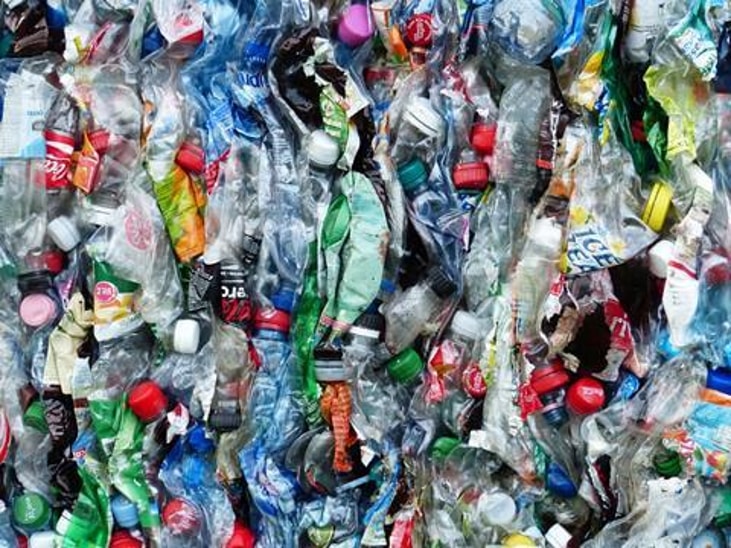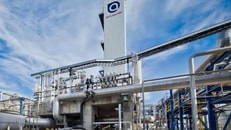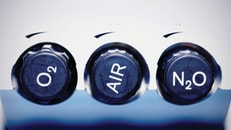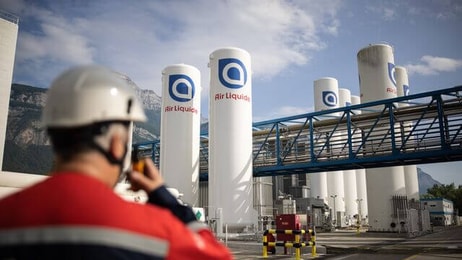US firm produces nitrogen-doped graphene from waste plastic
US-based advanced materials and clean energy company Plastic 2 Green has produced nitrogen-doped graphene from waste plastic in a project at Colorado State University.
The company develops plasma-based technologies to convert all types of waste plastic into high-value products such as green ammonia, carbon black, and nitrogen-doped graphene using renewable energy.
In this context, doping is when impurities such as nitrogen are intentionally introduced into carbon-based materials like graphene, replacing carbon atoms. This alters the properties of the material, making it more conductive and improving catalytic activity, depending on the material and type of nitrogen used.
This could enhance performance in devices where graphene is used, such as fuel cells, lithium-sulphur batteries, and supercapacitors. It could also improve efficiency for oxygen reduction reactions.
Global plastic waste stands at 430 million tonnes annually, according to Business Waste. The UN warns this could triple by 2060 “unless positive changes happen.”
Plasma-based technologies like those developed by Plastic 2 Green and others aim to turn waste plastic into valuable materials like hydrogen, syngas, carbon nanomaterials and fuels, or convert them into biodegradable polymers.
“We’re proving that waste plastic, one of the world’s worst pollutants, can become one of its most valuable materials,” said Ed VanDyne, CEO of Plastic 2 Green.
The company has received a purchase order from its first customer for sample quantities, and has funded a research team at the University of Notre Dame in the US state of Indiana to explore the technology’s use in next-generation supercapacitors – high-power density energy storage systems that charge and discharge very quickly, unlike conventional batteries.
Plastic 2 Green has raised $500,000 of its $1m pre-seed SAFE (simple agreement for future equity) note round, with the remaining capital raise now open for other investors to participate.






















